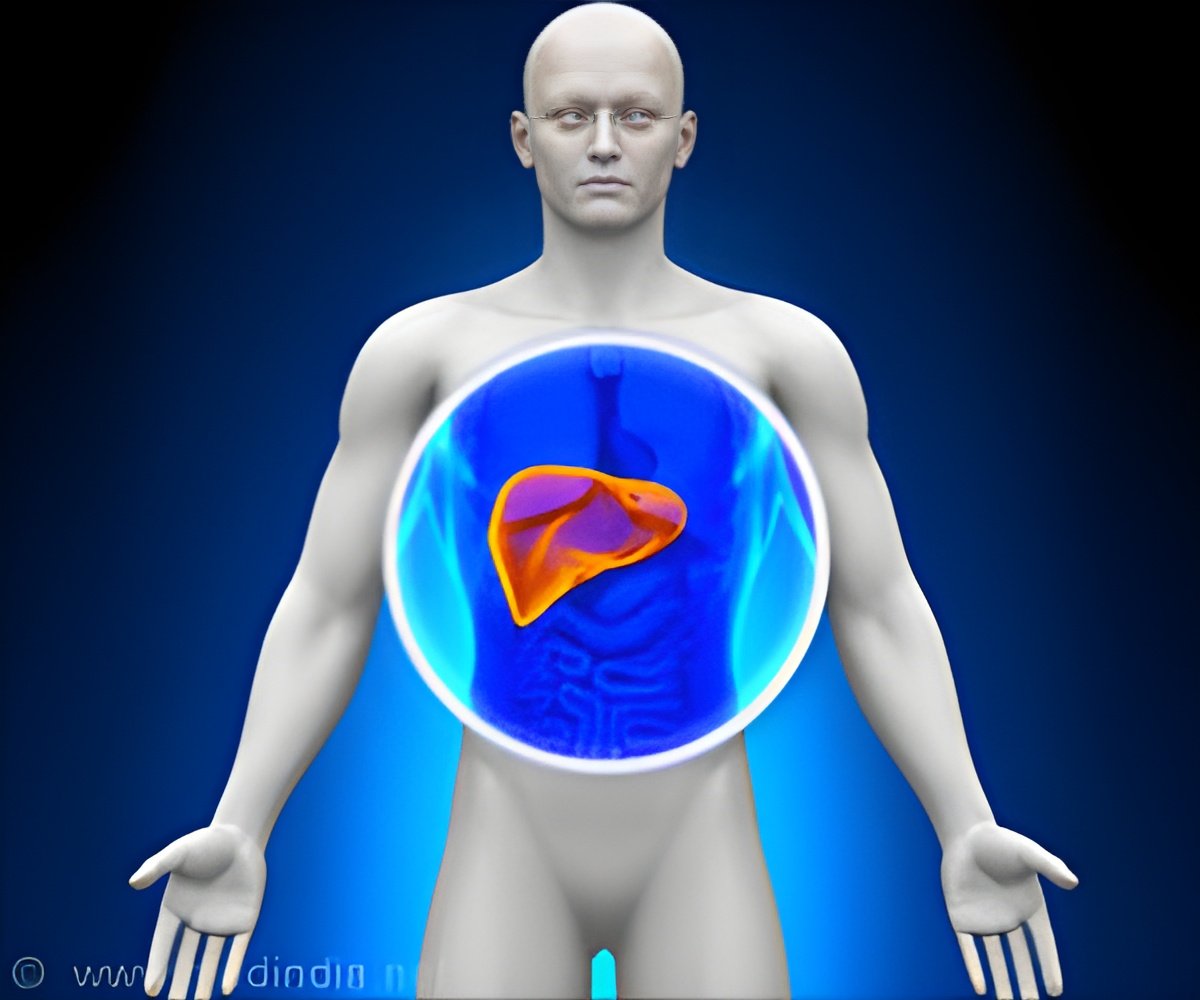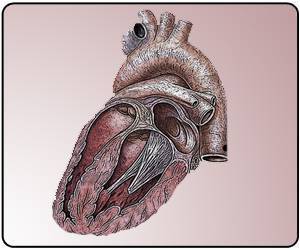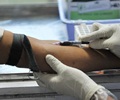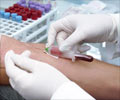
In the first study , CHB patients who had failed on prior long-term exposure to one of the nucleoside analogue (NUC) antivirals demonstrated high rates of complete response and HBsAg loss when prescribed a sequential combination of peginterferon and NUC.
In the second study , adding peginterferon to the nucleoside analogue entecavir was shown to enhance response rates and viral decline in HBeAg-positive CHB patients with compensated liver-disease, was generally safe and well tolerated, and may facilitate the discontinuation of entecavir.
Finally, data from a third study suggested that adding on a NUC for six weeks to PegIFNalfa-2a does not enhance treatment response, with no increase in HBeAg seroconversion rates beyond that achieved by PegIFNα-2a alone after 24 weeks follow-up.
Sequential combination therapy of peginterferon and nucleoside analogues results in high rates of complete response and HBsAg loss in CHB patients who have failed on prior long-term exposure to NUCs.
Chronic hepatitis B (CHB) patients who have failed on prior long-term exposure to one of the nucleoside analogue (NUC) antivirals may respond to a sequential combination of peginterferon and NUC.
Advertisement
"These new data are likely to result in clinicians giving greater consideration to the potential role of sequential combination therapies and the benefits this can deliver for patients," said Professor Yurdaydin.
Advertisement
Out of this population, 83 patients were treated with combination therapy and 109 patients were treated with NUCs monotherapy. All patients were followed for a further 24 weeks and the HBsAg level was measured both during treatment and post-treatment.
The HBsAg level at baseline, week 12 and week 24 appeared to be strong predictors of treatment responses in the combination group.
- In patients with baseline HBsAg< 1000 IU/ml, 100% patients achieved complete response and 91% patients achieved HBsAg loss
- In patients with baseline HBsAg ≥1000IU/mL, the response rate was significantly lower in those who experience no decline in HBsAg level at week 12
- However, patients with HBsAg decline of more than 0.5logIU/mL at week 12 or 1.5logIU/mL at week 24 still had a chance to achieve a treatment response
"These data suggest combination therapy can be guided by the baseline level of HBsAg as well as by monitoring the rate of HBsAg decline in response to treatment," Professor Yurdaydin added.
Peginterferon add-on during entecavir treatment enhances response rates and viral decline in HBeAg-positive hep B patients with compensated liver-disease, and may facilitate the discontinuation of entecavir.
Adding peginterferon to the nucleoside analogue entecavir enhances response rates and viral decline in HBeAg-positive CHB patients with compensated liver-disease, and is generally safe and well-tolerated. Importantly, peginterferon add-on appeared to prevent relapse and may therefore facilitate the discontinuation of nucleos(t)ide analogues.
At week 96 of the global ARES study, 31% patients in the peginterferon add-on group achieved combined HBeAg loss with hepatitis B virus (HBV) DNA levels < 200 IU/mL, compared to only 20% in the entecavir monotherapy group (p=0.107). 24% of patients in the add-on versus 11% in the monotherapy-arm achieved HBeAg-seroconversion with HBV DNA< 200IU/ml (p=0.029). After adjustment for the difference in HBV DNA levels at week 24, add-on therapy was independently associated with higher response rates (p=0.007).
In terms of other serological parameters, adding peginterferon to entecavir led to a greater decline in HBsAg (0.27 versus 0.04 log10IU/ml), HBeAg (1.10 versus 0.74 log10IU/ml), HBV DNA (1.24 versus 0.85 log10IU/ml) (all p< 0.05), and to a more sustained response after entecavir discontinuation (64% versus 25%; p=0.076). One patient with add-on therapy experienced HBsAg loss (p=0.302).
Presenting the results from this long-term study, Professor Yurdaydin explained the rationale for using peginterferon in combination with a nucleoside analogue antiviral to treat Hepatitis B.
"Nucleoside analogue antivirals, which interfere with the HBV lifecycle, are standard treatment for chronic hepatitis B. They perform well in terms of lowering HBV DNA levels. However, serological response, including HBeAg and HBsAg loss or seroconversion, occurs in only a minority of treated patients, with a resultant negative impact on patient outcomes. Because only a minority of CHB patients achieve HBsAg loss with entecavir, treatment is indefinite for the majority of these patients."
"Interferon, which has long been the mainstay of hepatitis C treatment, is known to stimulate the natural immune response against viral infections. This synergistic effect should theoretically contribute to improved outcomes for hepatitis B as well," Professor Yurdaydin said.
"The results of this study indicate that there is a more durable response in those CHB patients who stopped entecavir after a response through the use of peginterferon as add-on therapy. In order to be able to stop entecavir (or nucleos(t)ide analogue treatment), immune control is needed, and this study has shown that this may be achieved with peginterferon add-on," Professor Yurdaydin said.
In this global, multicentre, investigator-initiated randomised-controlled trial, HBeAg-positive chronic hepatitis B (CHB) patients with compensated liver-disease were randomised into two treatment groups:
- One group was randomly assigned to take 0.5 mg/day entecavir monotherapy for 48 weeks
- The other group received the same dose of entecavir but, after 24 weeks of monotherapy, pegylated interferon alfa-2a (Pegasys) 180 mcg/week was added; this combination therapy was continued up until week 48
Patients with a response at week 48 continued ETV monotherapy up until week 72 (consolidation therapy for 24 weeks) and were then followed for 24 weeks off-treatment. All patients who did not achieve a response at week 48 continued ETV monotherapy throughout the study.
Of the 175 patients in the modified intention-to-treat analysis, 85 were allocated to entecavir + peginterferon add-on therapy and 90 to entecavir-monotherapy. HBV-genotype A/B/C/D was present in 7%/19%/42%/32% of patients, respectively.
Shorter duration of treatment may limit serological response
Finally, Professor Yurdaydin presented data from a study demonstrating that combination therapy with PegIFNα-2a and a nucleoside analogue (NUC), where the NUC was given for a total of six weeks, did not increase HBeAg seroconversion rates beyond that achieved by PegIFNα-2a alone after 24 weeks follow-up.
A total of 280 HBeAg-positive adults aged ≥18 years with HBV DNA >100,000 copies/mL and ALT ≥2 times upper limit of normal were randomised to receive six weeks treatment with either:
- adefovir 10mg/day and placebo entecavir
- entecavir 0.5mg/day and placebo adefovir
- or both placebos
At week four, all patients received PegIFN alfa-2a 180ug/week in combination with the NUC therapy. PegIFN alfa-2a was continued for 48 weeks (total treatment duration 52 weeks). The primary endpoint was HBeAg seroconversion.
The percentage of patients who experienced HBeAg seroconversion ranged from 21-27% at the end of treatment, and from 23-36% after 24 weeks of follow-up. Importantly, there were no statistically significant differences in HBeAg seroconversion rates at the end of treatment, or after 24 weeks of follow-up between any treatment arm.
Treatment was well tolerated with low withdrawal rates for adverse events and laboratory abnormalities across the three treatment groups.
To explain this result, Professor Yurdaydin pointed out the relatively short duration of treatment with the NUC in this trial. "In the ARES study, the NUC was prescribed for a total of 48 weeks, with the combination of peginterferon and NUC prescribed for the last 24 of these 48 weeks. In the sequential combination study, the combination of peginterferon and NUC was prescribed for a total of 48 weeks. However, in marked contrast, in this third study, from the total treatment duration of 52 weeks, patients only received a NUC for six weeks. Traditionally, the NUC would be prescribed as a longer-term suppressive therapy." Professor Yurdaydin concluded.
Source-Eurekalert














